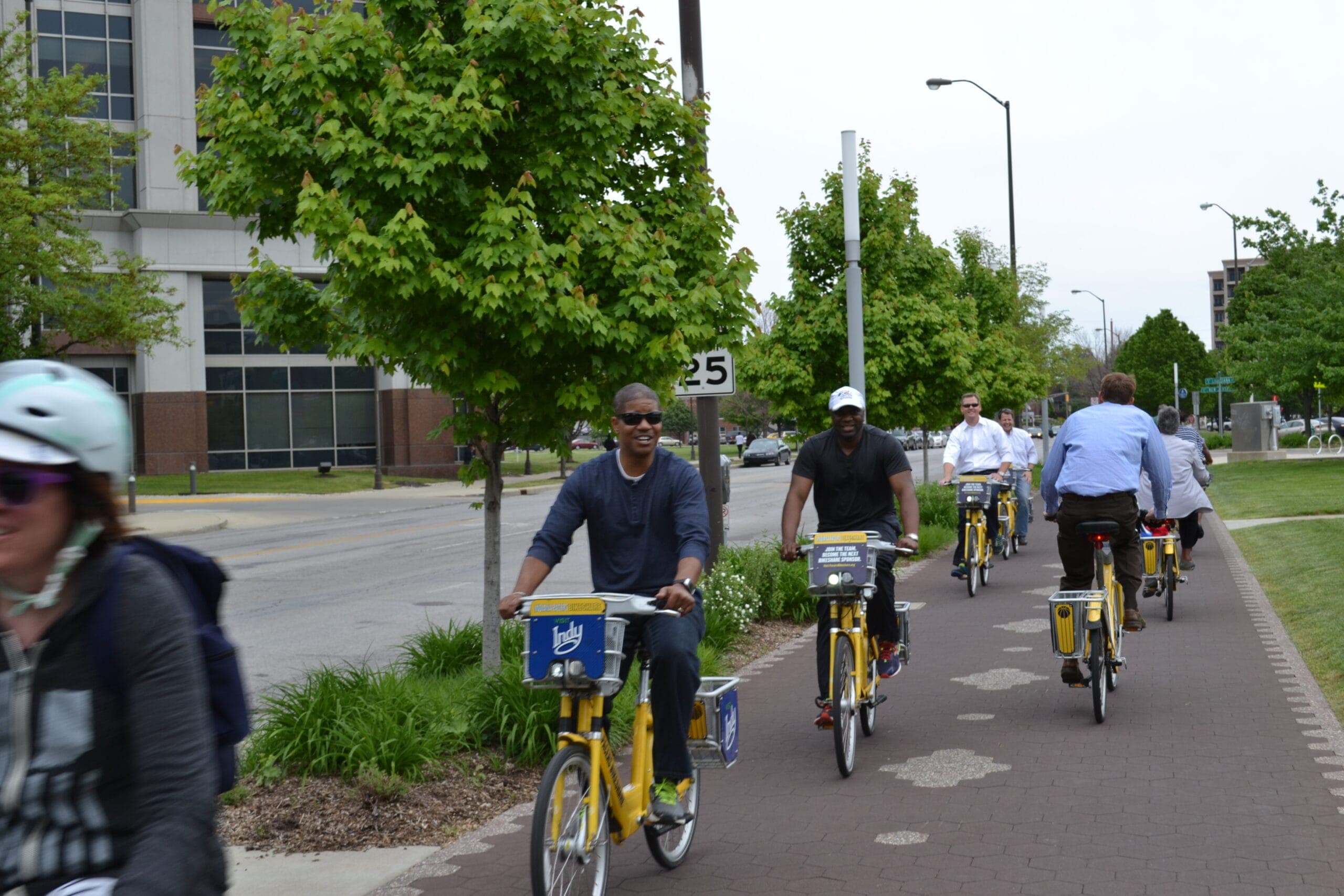
COALITIONS
National Complete Streets Coalition
Complete Streets approach integrates people and place in the planning, design, construction, operation, and maintenance of our transportation networks. The National Complete Streets Coalition works to ensure streets prioritize safety over speed, balance the needs of different modes, and support local land uses, economies, cultures, and natural environments.
Complete Streets are for everyone
A nationwide movement launched by the Coalition in 2004, Complete Streets is an approach to planning, designing, building, operating, and maintaining streets that enables safe access for all people who need to use them, including pedestrians, bicyclists, motorists and transit riders of all ages and abilities.
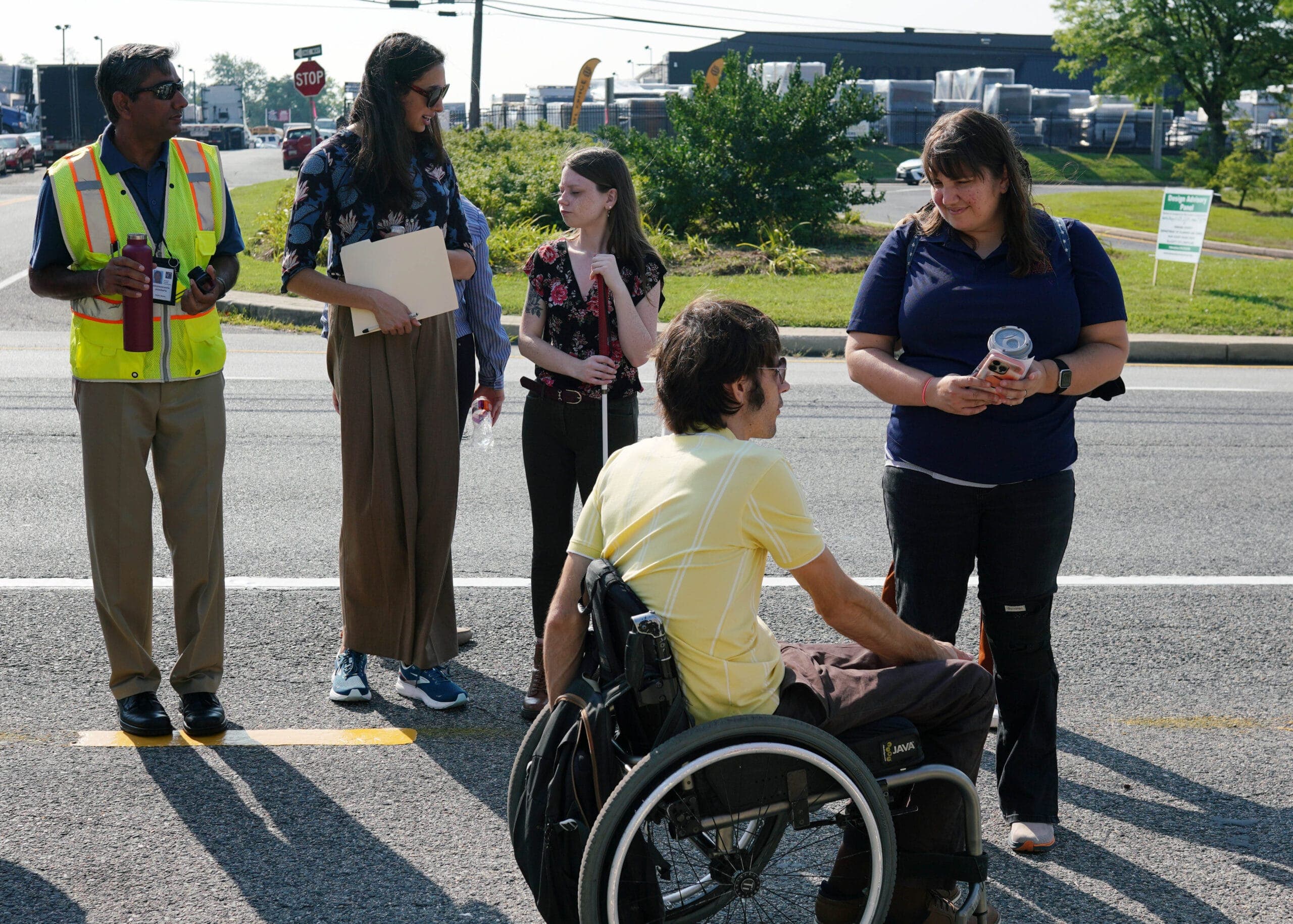
Complete Streets is a process and approach
Complete Streets are universal. They are designed for everyone: pedestrians, cyclists, drivers, and public transit users of all ages and abilities.
This strategy also considers older adults, people living with disabilities, people who don’t have access to vehicles, and Black, Native, and Hispanic or Latino/a/x communities.

What does it solve?
We're solving the crisis of Incomplete Streets, roads designed with only cars in mind that are inconvenient and fatal for non-drivers.
This approach also emphasizes the needs of those who have experienced systemic underinvestment or those whose needs have yet to be met through a traditional transportation approach.

A Complete Streets approach integrates people and place in the planning, design, construction, operation, and maintenance of our transportation networks.
This helps to ensure streets put safety over speed, balance the needs of different modes, and support local land uses, economies, cultures, and natural environments.
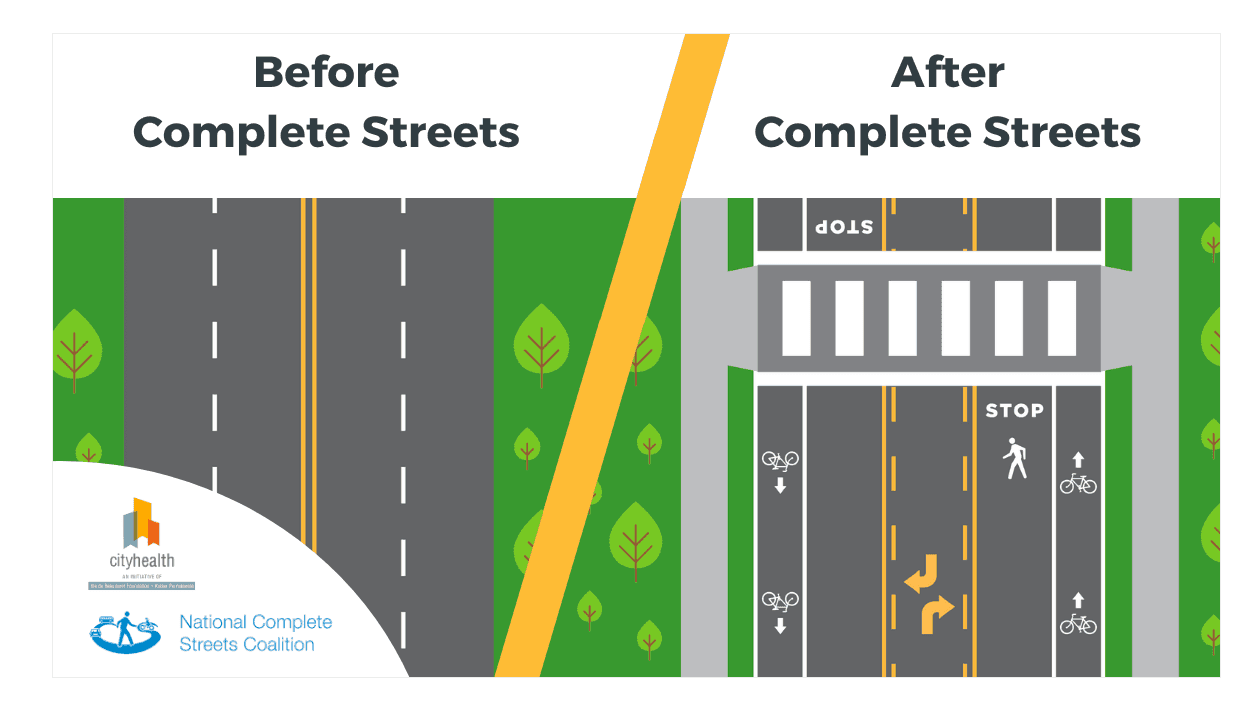
What does a Complete Street look like?
Complete Streets is a process and approach, not just a product or a single type of street.
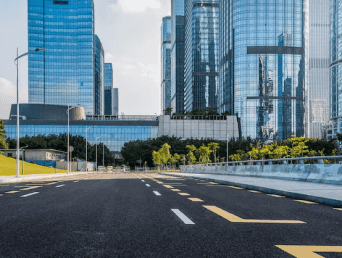
- Sidewalks
- Bicycle lanes (or wide, paved shoulders)
- Shared-use paths
- Designated bus lanes
- Safe and accessible transit stops
- Frequent and safe crossings for pedestrians, including median islands
- Comfortable and accessible public transportation stops
- Accessible pedestrian signals
- Curb extensions
- Narrower travel lanes
- Roundabouts
- and more
What constitutes a great Complete Streets Policy?
The best policies have evolved to focus far more on implementation and equity. I.e, are policies actually being fully implemented in order to change what gets built and where? And do they prioritize improving equity in tangible ways? As noted below, the strongest policies incorporate all ten of the elements laid out in our policy framework.
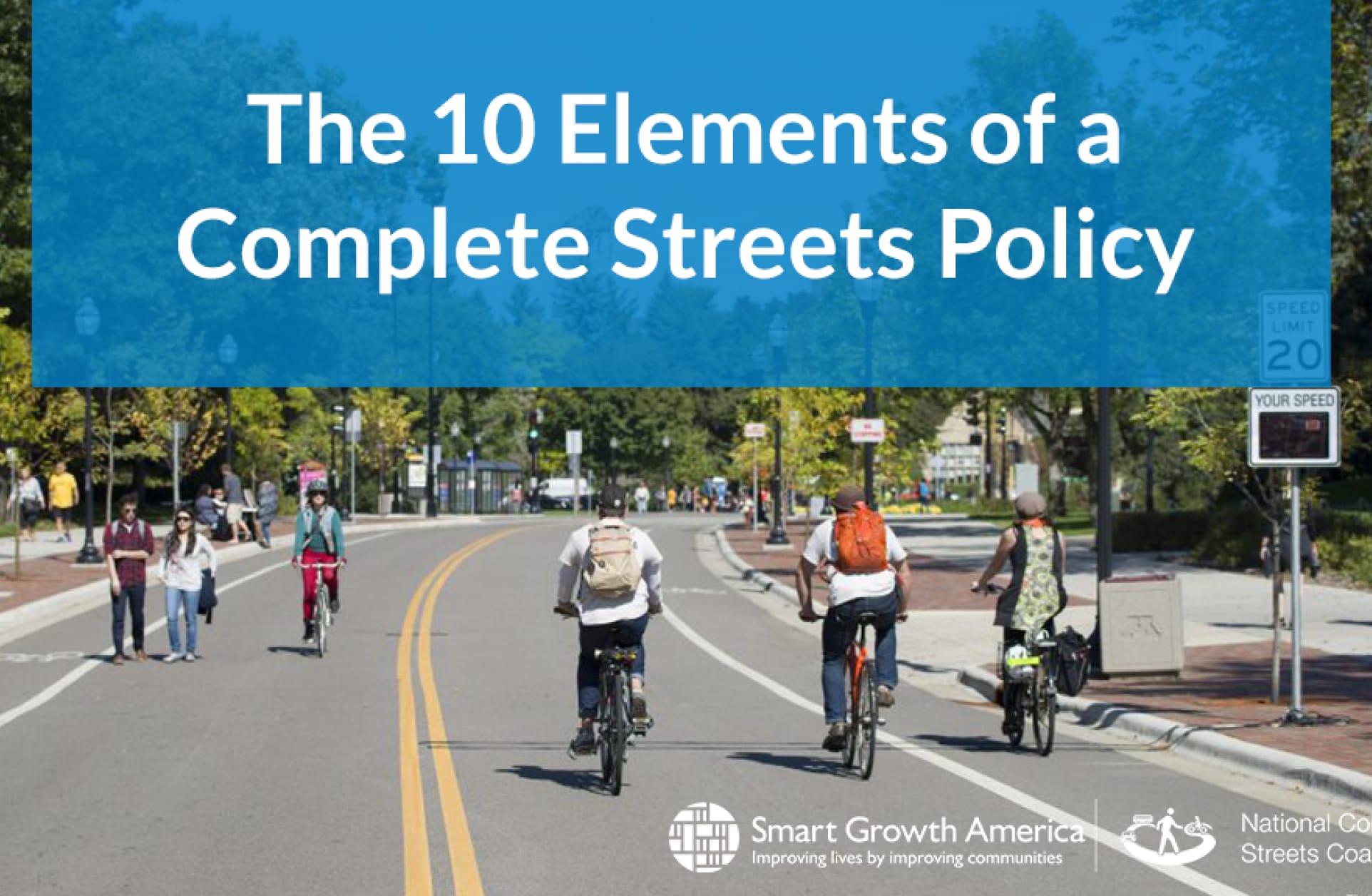
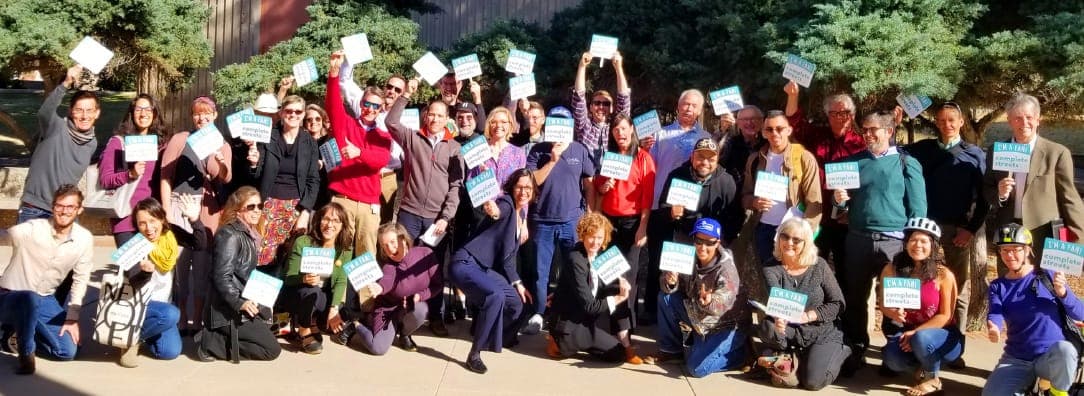
Adopt a Complete Streets policy
A Complete Streets policy specifies how a community will plan, design, and maintain streets so they are safe for all users of all ages and abilities. A strong policy begins transforming a community’s practices, processes, and plans.
But adopting a policy can seem like an overwhelming process, but we've got you covered.

© 2025 Smart Growth America. All rights reserved
Site By3Lane Marketing







